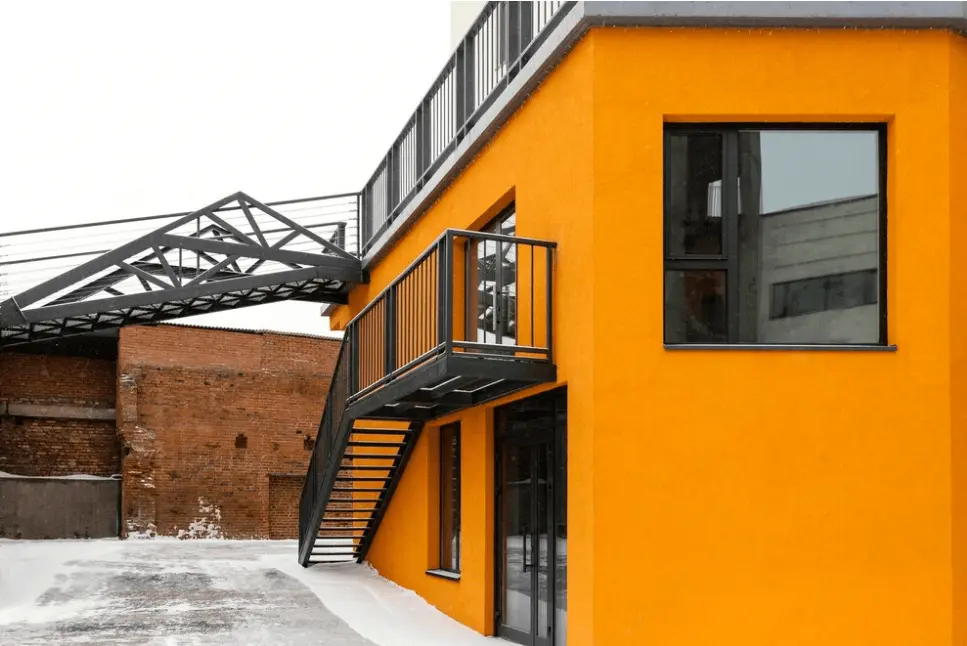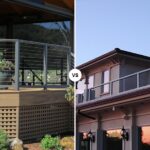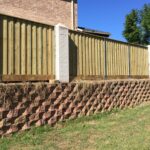Foldable container homes are a groundbreaking concept in the modern housing industry. Essentially, these are portable, compact structures that can be easily folded and unfolded to create fully functional living spaces. They take inspiration from traditional shipping containers but add a twist of flexibility, as they can be collapsed to save space and set up quickly without complex construction. This innovative design makes foldable container homes a sustainable, affordable, and highly adaptable option for housing, especially in areas where conventional construction may be impractical or expensive.
In this article, we’ll dive deep into what makes foldable container homes unique, how they work, and why they’re gaining popularity around the world. We’ll also look at the pros, cons, potential uses, and what to consider if you’re thinking about living in one of these remarkable spaces.

Content
1. Understanding Foldable Container Homes
Foldable container homes are pre-fabricated structures made primarily from steel and other durable materials that can be folded into a compact form for transportation. When unfolded, they transform into fully livable spaces with walls, roofs, floors, windows, and doors. Their portability, ease of assembly, and efficiency make them attractive for various applications, from emergency housing to vacation homes.
2. Key Features of Foldable Container Homes
- Portability: One of the biggest advantages of foldable container homes is their portability. They can be transported easily to remote or urban areas and set up in a matter of hours.
- Quick Assembly: Unlike traditional homes that require lengthy construction periods, foldable container homes can be unfolded and assembled in just a few hours.
- Durability: These homes are typically built from strong materials like steel, making them highly durable and weather-resistant.
- Customizable: Though they come in standard sizes, they can often be customized to meet the specific needs and aesthetics of the owner.
- Sustainability: Many foldable container homes are designed with energy-efficient materials, making them eco-friendly housing solutions.
3. How Foldable Container Homes Work
Foldable container homes use a smart design that allows them to collapse into a compact shape for easy transport. They come pre-installed with essential components, such as wiring, plumbing, and insulation, which makes assembly quick and straightforward. Once on site, the structure is unfolded and locked into place, transforming the flat pack into a three-dimensional home. Many foldable homes can be deployed with minimal tools and don’t require specialized labor, making them suitable for DIY assembly.
4. Types of Foldable Container Homes
There are various types of foldable container homes, ranging from basic models to luxurious, fully furnished options:
- Basic Foldable Homes: These are simple structures designed mainly for temporary shelter and can lack some of the amenities found in traditional homes.
- Fully Equipped Foldable Homes: These come with fully functional kitchens, bathrooms, and living spaces, suitable for long-term occupancy.
- Customizable Foldable Homes: Some manufacturers offer customization options where owners can choose specific layouts, finishes, and additional features to suit their preferences.
5. Benefits of Foldable Container Homes
Foldable container homes have a wide range of benefits that make them ideal for modern living:
- Affordability: They are often less expensive than traditional housing options, making them ideal for those looking to own a home on a budget.
- Eco-Friendly: Many models are built with sustainable materials, minimizing the environmental impact.
- Rapid Deployment: Their quick assembly and minimal site preparation requirements make them suitable for emergency housing, temporary offices, or instant housing solutions in disaster-stricken areas.
- Adaptability: Foldable container homes can be placed in various locations, from urban areas to remote locations, without much difficulty.
6. Disadvantages of Foldable Container Homes
While foldable container homes offer several benefits, there are also some drawbacks:
- Limited Space: These homes are often compact, which may not be suitable for larger families or those who need a lot of space.
- Design Constraints: While customizable, foldable container homes may have structural limitations due to their foldable nature.
- Resale Value: Because they are a relatively new housing concept, foldable container homes may not have the same resale value as traditional homes.
- Weather Sensitivity: Although durable, foldable container homes may not be suitable for extreme climates without additional insulation or reinforcement.

7. Common Uses for Foldable Container Homes
Foldable container homes are incredibly versatile and can be used for a range of applications:
- Temporary or Emergency Housing: Foldable homes are a fantastic solution for emergency shelters following natural disasters or conflicts.
- Vacation Homes: For people looking for a low-maintenance vacation home, foldable container homes offer a portable and affordable solution.
- Remote Workstations: They can be deployed as temporary offices or workspaces, especially in areas where building a permanent structure is impractical.
- Backyard Additions: Foldable homes are popular as additional living spaces in backyards, serving as guest houses, home offices, or studios.
8. Sustainability of Foldable Container Homes
Foldable container homes have become popular among environmentally conscious individuals. Using materials like steel and reducing the need for traditional construction reduces the carbon footprint associated with housing. Furthermore, many foldable homes incorporate energy-efficient windows, insulation, and renewable energy sources like solar panels, making them even more eco-friendly.
9. Cost of Foldable Container Homes
The cost of a foldable container home varies depending on factors like size, design, and customizations. On average:
- Basic Models: These may start as low as $10,000 to $20,000.
- Mid-Range Options: Homes with more features or larger layouts can range from $20,000 to $50,000.
- High-End Models: Fully equipped, luxury foldable homes can cost over $50,000, especially with advanced customizations.
Compared to traditional housing, these prices make foldable container homes an affordable alternative for those looking for cost-effective housing solutions.
10. Steps to Setting Up a Foldable Container Home
Setting up a foldable container home involves a few straightforward steps:
- Site Selection and Preparation: Choose a flat, stable location and prepare it for setup.
- Unfolding and Assembly: The home is delivered in a flat-pack form and unfolded on-site.
- Utility Connections: Connect utilities like electricity, water, and sewage if needed.
- Customization: Add furnishings, decor, and any extra features to make the space feel like home.
11. Safety and Security in Foldable Container Homes
Safety is a priority for foldable container homes. Constructed from durable materials, these homes are built to withstand various weather conditions. Additionally, some models come with security features, such as lockable doors and reinforced windows, to provide peace of mind for residents.
12. Choosing the Right Foldable Container Home
When selecting a foldable container home, consider factors like:
- Intended Use: Whether for permanent residence, vacation, or a temporary office, the use will influence the model and features you need.
- Climate Considerations: Choose a model with appropriate insulation for the local climate.
- Customization Options: Look for manufacturers who offer customization to suit your needs and preferences.
13. Foldable Container Homes and the Future of Housing
Foldable container homes symbolize a new direction in housing by addressing affordability, sustainability, and portability. As urban areas face housing shortages and more people seek eco-friendly lifestyles, these homes offer practical solutions that could shape the future of housing.

14. Living in a Foldable Container Home: What to Expect
Living in a foldable container home may require some adjustments, especially for those used to larger spaces. However, with creative interior design and space management, these homes can feel spacious and cozy. Modern foldable homes come with many amenities, so residents can enjoy comfort without sacrificing style or functionality.
If you’re searching for top-quality prefabricated house manufacturers, Suzhou Daxiang Container House Co., Ltd. is an excellent choice. Specializing in container houses and prefabricated homes, the company is committed to delivering custom prefab solutions that meet high standards of quality and durability. With a focus on craftsmanship and customer satisfaction, Suzhou Daxiang designs and constructs a wide range of customizable prefab structures to suit diverse needs. Whether for residential or commercial purposes, their prefab houses offer flexibility, style, and resilience. Choose Suzhou Daxiang for expertly crafted prefab housing that combines modern design with lasting quality.
Conclusion
Foldable container homes represent a remarkable step forward in alternative housing. They combine sustainability, affordability, and adaptability, making them ideal for various situations, from vacation homes to emergency shelters. While there are some limitations, the overall benefits of foldable container homes make them an exciting option for individuals looking for flexible, eco-friendly housing.

With a sharp eye for design and a passion for renovation, Samantha transforms fixer-uppers into dream homes. Her expertise in remodeling adds extra value to your real estate experience.










